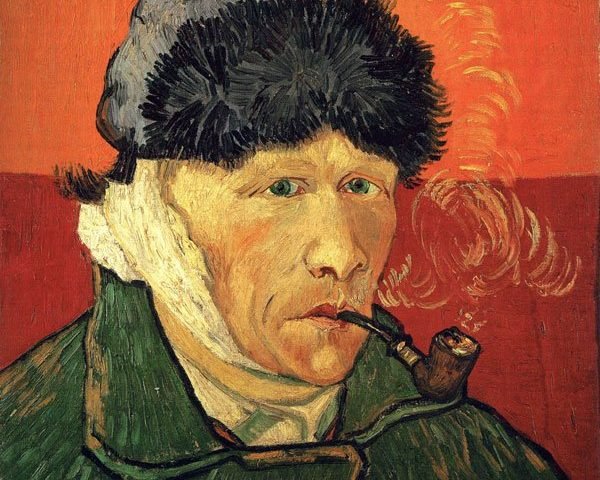
De Fiets
October 13, 2018
Partnerships and more
October 24, 2018A famous artist whose work gained popularity and fame mainly after his death, Vincent van Gogh had a very topsy-turvy life. While Vincent was in Paris, he learnt the new techniques and bright colourful ways of painting. Once again moving away from the hustle and bustle of Paris, Vincent then moved to Arles. He rented four rooms in the “Yellow House” to work together with fellow artists. Paul Gaugin was one such artist to move in and the last. Though their work together resulted in some brilliant paintings, both had a polarised style of art. Paul’s vision entailed fantasies and imagination, while Vincent would paint what he would see. With heated arguments and Paul threatening to leave The Yellow House, Vincent’s approach was further intimidating. He threatened Paul with a razor and later in the evening cut off his own ear which he presented to a prostitute in the nearby red-light district.
His mental health always kept fluctuating and he, also, voluntarily got admitted in a psychiatric hospital dreading the onset of a new bout of illness. Even while he was admitted, he continued to paint after recuperating to a good extent. Though his work came to a temporary standstill after he gulped down some oil paint, he worked the most efficiently in the hospital by completing roughly 150 paintings in a year. “Amandelbloesem” (Almond blossom) is one such famous painting completed by him in the hospital for his nephew who was named after him.
His work had now started gaining a positive response. He was also known to inexplicably complete one painting a day after he was discharged from the hospital. However, learning about Theo’s plans to start his own business gave Vincent a lot of financial uncertainty about the future. Consequently, his health started deteriorating and he committed suicide in 1890. Theo’s wife Jo van Gogh-Bonger played a vital role in drawing attention towards Vincent’s work by lending it out on loan to museums for exhibitions and publishing his letters to Theo.




